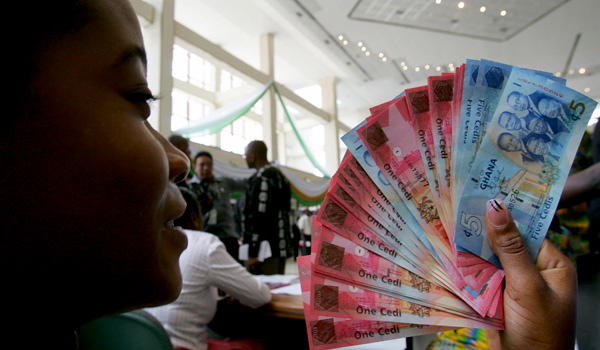The Monetary Policy Committee of the Bank of Ghana has maintained policy rate for the fourth time running.
Speaking at a news conference, the Governor of the Bank of Ghana, said the decision to maintain policy rate at 16% was as a result of some threats to the country’s economic growth and inflation outlook. The current policy rate would have impact on businesses , individuals and investors.
Chairman of the MPC, Dr Ernest Addison added that the policy rate was kept unchanged as a precautionary measure. This is to allow the bank to rein in inflation which could inch up on the back of a recent increase in transport prices.
What current Policy rate mean to The Borrower
To the borrower, who is seeking to raise some funding through credit, maintaining the policy rate, to a large extent implies that Bank lending rates will remain unchanged. However due to the general inflation outlook, cost of borrowing may increase. Left to the policy rate alone, cost of borrowing rate should not increase.
However, there are other factors that may trigger an increase in bank lending rates irrespective of policy rate unchanged; the continuing rise of the cost of doing business and the dollarization of the economy. Borrowers (individuals or businesses) should also be aware they may incur other costs. Costs would include loan monitoring fee, processing fee and cash collateral, which adds to the cost of borrowing. Loan monitoring fee could however shoot up due to the pressure on banks to maintain asset quality and monitoring is one way to achieve it. Lending rates may not change but beware of the other charges that may make the general cost of borrowing increase. A borrower can, however, negotiate on the interest rate and other loan charges.
What Policy rate at 16% means to Individual Investors
For the individual investor who may be seeking high yielding interest-bearing instrument, it is definitely not welcome news because of the downward trend in returns on investments.
With the fixed income investment slowed down, the equity sector should have picked up as activity should shift there. However, due to the tightness of the financial sector in locked up deposits, investors have had to redeem their equity investments. This drives down stock prices and affects the overall performance. Therefore there is a double-lock situation where both the fixed income and equity markets are not doing so well. The performance of mutual funds may reflect such.
ALSO READ: The Current Policy Rate: An opportunity for Businesses to Expand – Stanbic bank MD
Maintaining the Policy rate also implies that banks would may keep the fixed deposit and savings rates unchanged.
What the current Policy rate mean to Institutional Investors

With policy rate remaining unchanged, the value in current bonds may not change, hence not a good time to off load on the secondary market. Institutional investors should turn attention to the stock exchange, both the primary stock market and the alternative market (GAX). With the pension funds now floating around, investment management companies may take advantage of it to launch more mutual funds. Private equity firms are also likely to show up soon. A portfolio with the structure of a typical pension fund may not lose much. Should rates drop further, the professional investors with a strong research capacity can find other alternative instruments to invest in.









